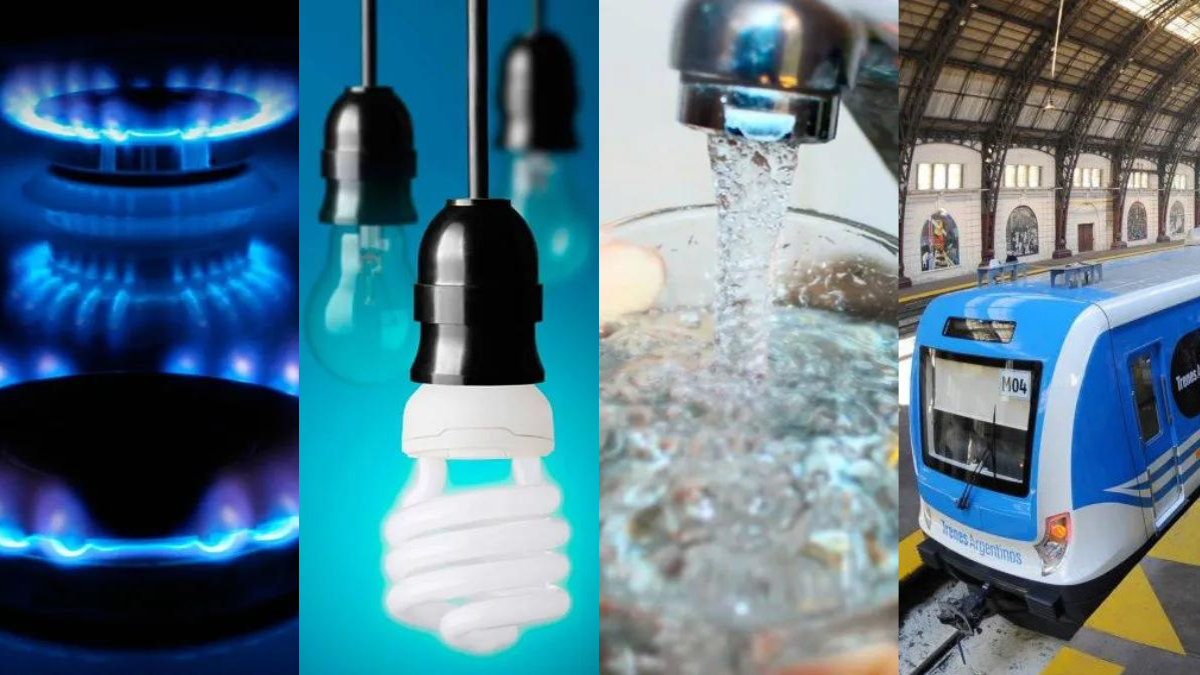He Expenditure accrued on economic subsidies for energy fell by 67% in the first quarter of the year compared to the same period in 2023, while those destined to transportation they did it by 30%. The data corresponds to the latest report on budget execution from the Argentine Association of Budget and Public Financial Administration (ASAP).
The report states that In March of this year, State transfers to different sectors experienced a decrease again, in this case of 35.3%and accumulated a drop of 32.9% for the total quarter.
“A part significant reduction in current transfers can be attributed to the behavior of the energy subsidies, ASAP poses. In this sense, the study indicates that this item of expenditures “went from representing 8.6% of primary expenses in the first quarter of 2023 to 4.4% in the same period of 2024.”
“In March, specifically, energy subsidies experienced a drop of 73.7% compared to the same month of the previous year and 67% so far this year,” the report states.
Screenshot_2024-04-18_12-07-16.png
The Government does not pay CAMMESA
In the case of CAMMESA, the company that manages the wholesale electricity market, the report states that ““There is a reduction of 68.5% in March compared to the same month of the previous year, and of 70.8% so far this year.”
“This decrease coincides with the implementation of new tariff schedules starting in February,” explains ASAP’s work. However, it is clarified that “In March, companies invoice consumption corresponding to previous months, That is, under the previous tariff table, the drop in subsidies in March would not necessarily be explained by higher marketing income.”
“As for the transfers to ENARSA, a considerable reduction of 74.9% is also observed compared to the same period of the previous year, and 60.1% in the accumulated first quarter,” says the report.
Transportation, with less adjustment
Transportation subsidies, which They represent 3.1% of primary spending, they had a reduction of 2.9% in March, which led to a cumulative decrease of 30% in the first quarter of the year, indicates the private study.
For ASAP, it is important to mention the disparities in the dynamics of subsidies between the different modes of transportation: automobile, rail and commercial air.
“While Motor transport subsidies experienced a growth of 36.2% in March 2024those aimed at rail and commercial air transport registered drops of 37.9% and 100%, respectively,” the work says.
He himself clarifies that “Despite the increase observed in March, the automotive transport sector ended the first quarter of the year with a decrease of 19.3%.”
Regulated prices grow twice as much as the rest
One of the elements to take into account in the comparison is the effect of the fall in subsidies on rates. This is reflected in the differences in the rise of the so-called “regulated prices” with core inflation.
So far this year, regulated prices, That is, rates grow 81%, according to data from the National Institute of Statistics and Censuses (INDEC)versus the core CPI that grows 47.7%. Seasonal goods grew 40.1%, official data show.
In the year-on-year comparison, core measurement grew 300%, while rates increased 293.4%. To eliminate subsidy spending or reduce it to levels that can be financed by the Government, regulated prices are required to rise more than the rest.
Source: Ambito




